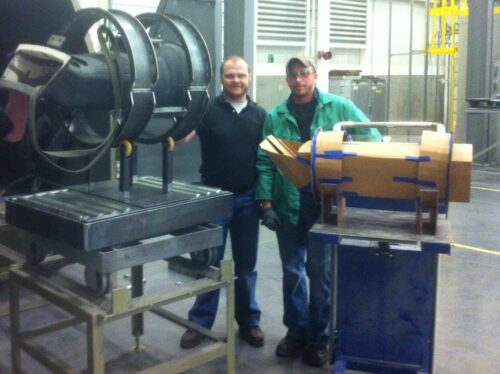
Also known as Rapid Improvement Teams or Kaizen Blitz, Kaizen Events are one of the activities that American companies love to organize when they need to tackle a specific problem. They are structured, and dedicated team projects to improve a specific performance or area.
Although these events often lead to measurable results, such as improvement in Safety, Quality, Cycle time/Lead time, and Costs, the most desirable outcomes are of a different nature: Kaizen Events should be considered, above everything else, learning events.
Here the 4 personnel outcomes you should shoot for the next time you organize a Kaizen Event:
- Engagement
Don’t ever do a Kaizen Event to the people, do a Kaizen Event with the people. A Kaizen Event should include all the resources directly involved in the process. It’s a great occasion to listen to the problems that the workers are facing every day and to let them be the protagonists of the change. Note: if someone asks you to address any problem or to listen to any idea during this time, don’t forget to follow up with them and answer their questions. Even if there’s no good news, you want them to know that you cared about their request. This is absolutely critical in order to build a positive relationship based on trust. - Ownership
An employee that feels heard and that understands what he/she is measured against is an employee that cares about the activities he/she does every day and that can be held accountable. A Kaizen Event should bring the Key Performance Indicators closer to the activities and enable the workers to own them: teach how to read the KPIs and how the physical changes to the process impact them so that the workers will know how what they do influences the numbers.
- Training
Regardless of the improvement’s focus, a Kaizen Event is the perfect occasion to teach the team how to look at the processes with curiosity and letting go of any judgment about the intentions of who is working on them. As easy as it sounds, this is a big shift for a lot of companies and will make an incredible difference in the way people approach problem-solving. Also, this is a great opportunity to teach Lean tools and methods. - Culture
What you ultimately want to accomplish with the repetition of multiple Kaizen Events is the creation, through spaced repetition, of new mental thoughts and attitudes that will eventually lead to positive and creative behaviors. In order to do that, everything you say and do should reinforce the positive beliefs a Lean Culture is based on.
Not sure if your resources have the right mentality for a Lean Transformation? Want to discover more about what positive beliefs and norms are in a Lean Culture? Contact us for a Lean Culture Assessment.

